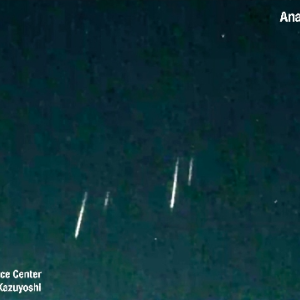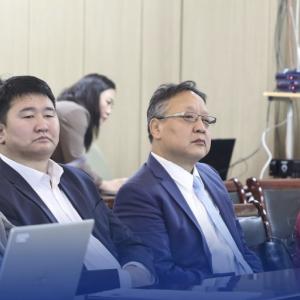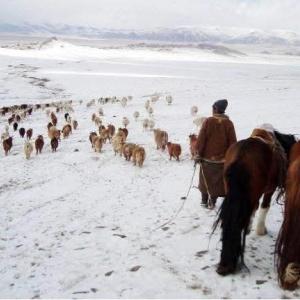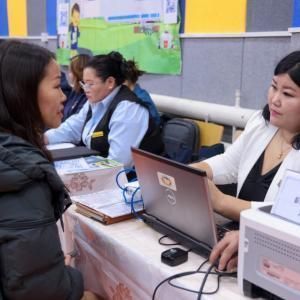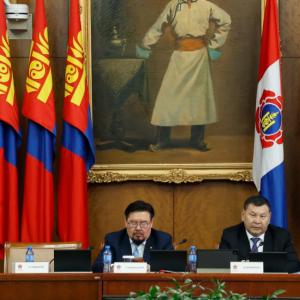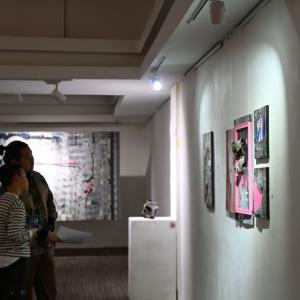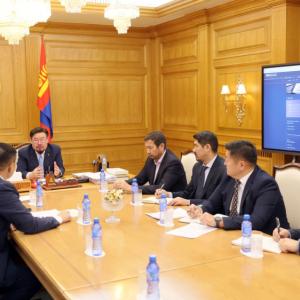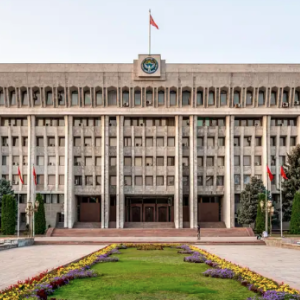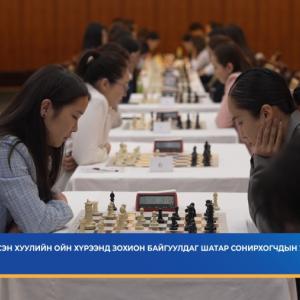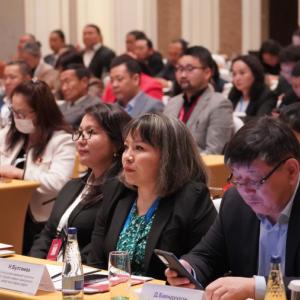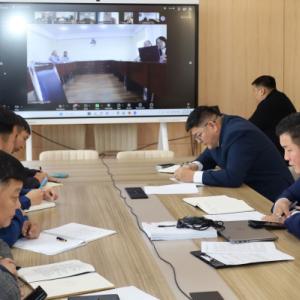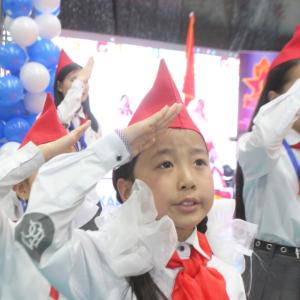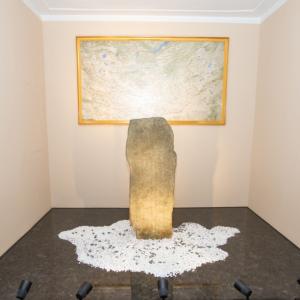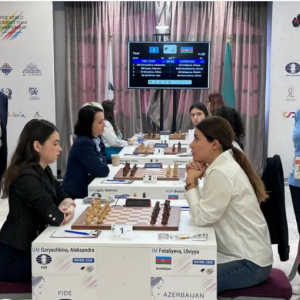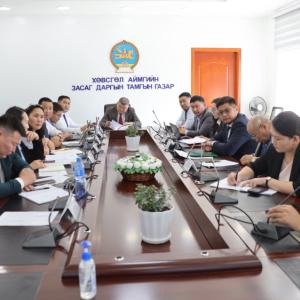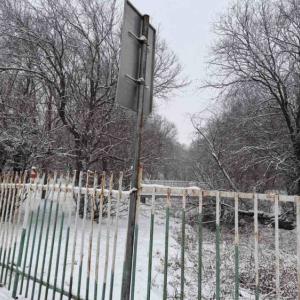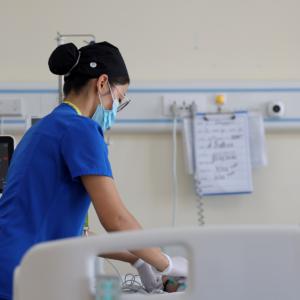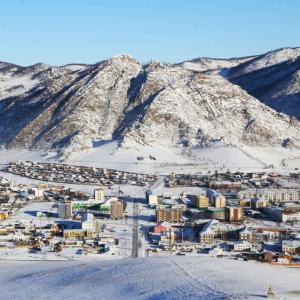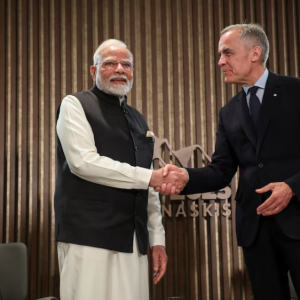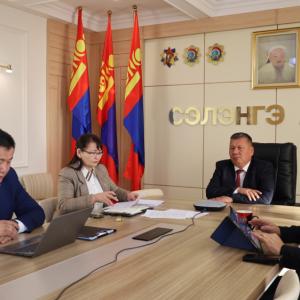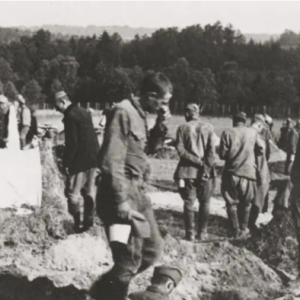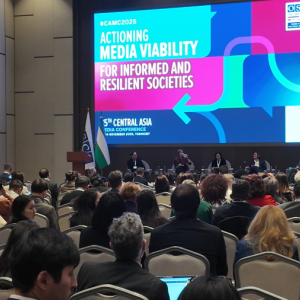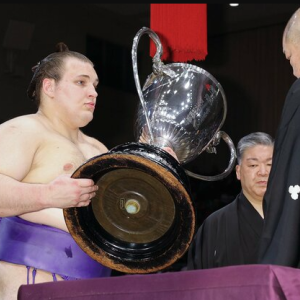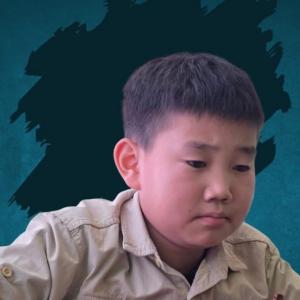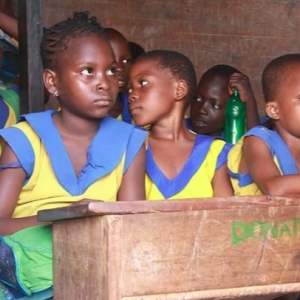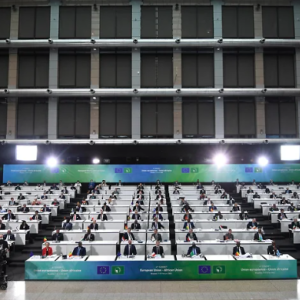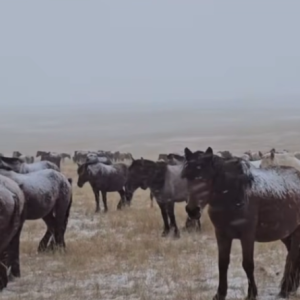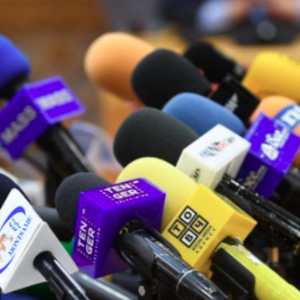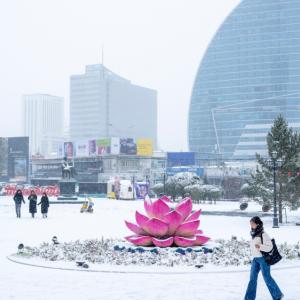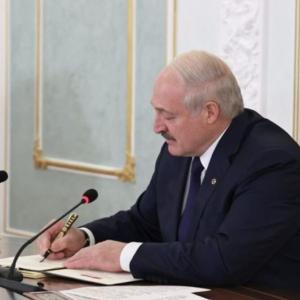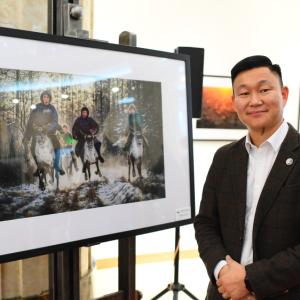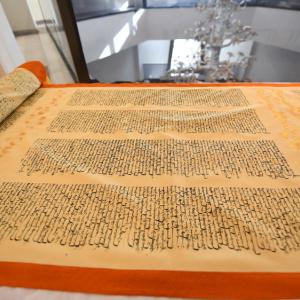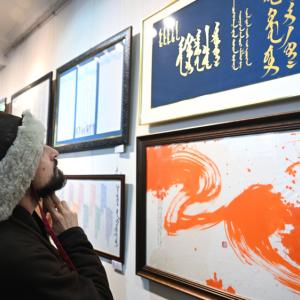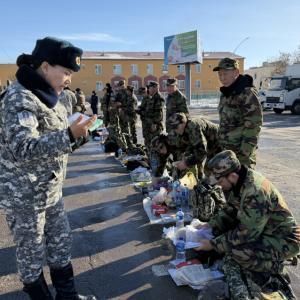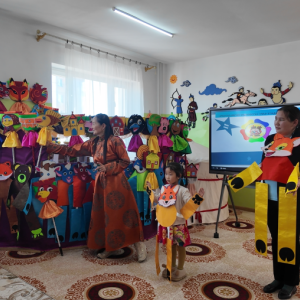G.Tumurchuluun: I found out from my students that my book was being sold at Cuban bookstores
Society

Ulaanbaatar /MONTSAME/ We interviewed Doctor of History and Political Sciences, senior diplomat G.Tumurchuluun, the first person to translate the Secret History of the Mongols to Spanish
-You are one of the first Mongolian students to graduate in Cuba. Why did you go there?
-I was born and went to school in Altai soum of Bayan-Ulgii aimag. Graduated with flying colors, I got an opportunity to choose my major first. Metrology major at the University of Leningrad seemed the best among many choices. In town, I was also presented an opportunity to study at the Moscow State Institute of International Relations as those who graduated with good grades and speak Russian fluently were offered to study abroad via the Ministry of Foreign Affairs (MFA). However, I turned down the offers to two Russian universities and went to Cuba via MFA to learn Spanish. It was thrilling as the sea and the Mysterious Island by Jules Verne came into my mind at the thought of the country. I am one of the three students, who went to Cuba in 1973. Unfortunately, the other two returned home without completing their courses. I studied Spanish studies at the University of Havana. The course covered not only the language, but also the history and culture of the countries colonized by Spain. I graduated after 5 years, in 1978.
-How did it feel for someone who just graduated from school to go that far?
-As a child of a hunter from the far western Mongolia, I had never been away from home. At the time, I was a boy who had not even visited the capital, Ulaanbaatar, let alone Cuba and its capital overseas. So it was great for me to travel across the sea to study near the United States. Now it feels like a dream.
-What was your first impression of the country? Was it hard to learn Spanish?
-We went to Moscow by train and flew to Havana for 12 hours. Even though the hot weather had cooled down a bit since we went there in September, it felt like it got hard to breathe just as I left the plane. The country seemed like a different universe with this noticeable smell. Various illuminations, cinemas, bars, night clubs and karaoke bars looked fascinating down the street. I was taken aback, really. Cuba had military dictatorship before the Cuban Revolution won in 1959. The country was colonized by Spain for 400 years and the United States for 100 years. It gained independence in 1901, coming under military dictatorship and becoming a de facto United States protectorate. It had not been long since the revolution when I went there in 1973.
They welcomed us with great hospitality, assigning a teacher especially for us and placing us in a different location. They put us in a nice house without mixing us up with many students. The dining room, cook, and the housekeeper made it feel like we were in a hotel. We were treated exactly the way foreign guests and representatives are treated. Our house on shore was close to the Mongolian Embassy. A year after, I got a firm grasp of the language and was greeting people, buying bread, and traveling on bus without trouble. One would of course learn a language well in its natural environment in a year. Not allowed to talk to each other in our native language, we had no choice, but to speak Spanish. In addition, our teacher Margarita who had many years of experience was exceptional. After the one-year language course, we got into the University of Havana. The university was full of students from Hungary, Poland, Korea, United States, and Colombia. Upon becoming a student, we moved into a 24-floor dormitory on shore. That is how I majored in Spanish studies for four years. People learn things well at young age. I imagine it was the case for me.
-Where did you start your career after graduation?
-There was an option to either work at MFA or a foreign embassy in Mongolia. I chose to become a translator at the Embassy of Cuba in Mongolia. One day in my fourth year there, I received a call from MFA that said, “It has been four years. You will be going to Havana now.” That is how I was appointed as attache at the Embassy of Mongolia in Cuba to work there for 3 years from 1982 to 1984. After returning home, I started working at MFA. I was accompanying and interpreting for foreign guests there as there were very few who knew Spanish at the time. Then Minister of Foreign Affairs Dugersuren, saying I had to study Marxism and Leninism, sent me to the Moscow State Institute of International Relations for a sixmonth course. When I was working as the Deputy Director of MFA Policy and Planning Department after completing my six-month course, they sent me to the Moscow diplomatic academy in 1988, saying I had to study diplomacy seriously by that time. I defended my doctoral thesis on ‘Mongolia and the Non-aligned Policy’ there in 1990.
When I was back to work in Mongolia, they appointed me as Counsellor to Cuba. You go a long way to become a Counsellor from an attache. Between the two ranks, there are the ranks of the third, second, and the first secretary. You get promoted to Minister-Counsellor from Counsellor and to Ambassador from Minister-Counsellor.

-One of the big things you have accomplished is your translation of the Secret History of the Mongols into Spanish. Why did you do it?
-The translation is one of the important works I have done during my term as Counsellor at the Embassy in Havana between 2001 and 2004. One day, my university history lecturer told me about his plans to update the textbook. The idea for the translation flashed into my mind as the lecturer said, “I do know there are source materials about the history of Mongolia, but they are all published in the Soviet Union. Could you give me a textbook written by Mongolians, if there is one?”
-What source did you use for the translation?
-I collected and compared the Mongolian text by Damdinsuren, the one translated from Chinese to Russian by Alexander Kozin in 1941, and another one by an Inner Mongolian scholar named Gombojav. I also compared the English, Russian, French, and Latin translations. Translation from Mongolian can be quite difficult, for example, when it comes to the specific terms for bones of livestock animals. I completed the translation in 2 years.
-Was it difficult to work on that large translation project?
-It was, indeed. The country has hot weather to begin with and the heat makes you drowsy, which made it impossible to do it in the daytime. Even though I was only in my 30s at the time, daytime attempts to work on the project always made me sleepy. So I would go at it in the nighttime starting from midnight and take a rest from 3 to 4 AM.
-I heard that 10 thousand copies were published in Cuba?
-Yes. I learned the publication could be even more difficult than the demanding translation itself. But, thankfully, the Minister of Culture of Cuba was a university senior of mine who was studying journalism at that time. Then one day, Minister of Culture of Mongolia Tsanjid visited Cuba on his way to Mexico and met with his Cuban counterpart. I followed the Mongolian Minister into his meeting and showed my translation. Mr.Tsanjid said “It is the primary historical record for Mongolia. Please, do not translate Russian sources since they contain a lot of false information such as those representing Chinggis Khaan as barbaric, which is inappropriate between our two countries with friendly relations. Include this work here done by a Mongolian on the textbooks.” 10 thousand copies were published immediately after and some were even brought to Argentina, Uruguay, Mexico, and book exhibitions and fairs. I later found out from my students that copies were being sold at Cuban bookstores. My term as Counsellor came to an end in 2004 and I returned to Mongolia. In 2005, a Cuban Foreign Ministry official for Mongolian affairs sent me the news about the release of my book with one copy in a mail. That is how I learned that my book had been published.
-So, did the Cubans publish the translation you had given them in 2005?
-The country’s Ministry of Culture, that is to say the Government, published it in 2004. I handed the completed translation to the Cuban side in 2002, meaning the preparations took a year. They told me the publication would cost USD 3,000. I put the matter aside as I did not have the amount.
-Is it the first Spanish translation of the Secret History?
-Yes, it is. I first did not know of its publication in Cuba. When I called Enkhbat from Monsudar publishing house about the translation, he told me to bring it for publication and the work was published again in Mongolia. But the 200 copies published in Mongolia immediately sold out. Latin American, Brazilian, and Spanish tourists buy a lot the ones for sale at airports and various other locations. MFA recently called me with a request to publish my translation of the Secret History on the occasion of the 60th anniversary of the establishment of diplomatic relations with Cuba and gift it to Ambassadors of Colombia, Venezuela, and Mexico and that is how the work was published for the third time.
 Улаанбаатар
Улаанбаатар










